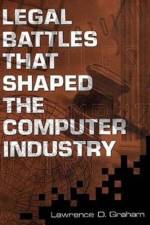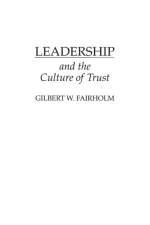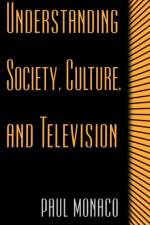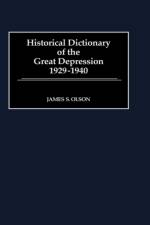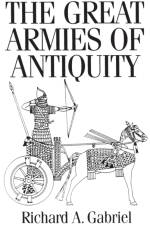av James E. Perone
971
Musical floodgates were opened after the Beatles' first appearance on The Ed Sullivan Show on February 9, 1964. Suddenly, the U.S. record charts, radio, and television were overrun with British rock and pop musicians. Although this British Invasion was the first exposure many Americans had to popular music from the United Kingdom, British pop - and more specifically British rock and roll - had been developing since the middle of the 1950s. Author James Perone here chronicles the development of British rock, from the 1950s imitators of Elvis Presley and other American rockabilly artists, to the new blends of rockabilly, R&B, Motown, and electric blues that defined the British Invasion as we recognize it today. Die-hard fans of the Beatles, the Who, and the Kinks will all want a copy, as will anyone interested in the 1960s more generally.May 1964 saw major gang-style battles break out in British resort communities between the Mods and the Rockers. The tensions between the two groups had been developing for several years, with each group claiming their own sense of culture and style. The Mods wore designer clothing, rode Vespa motor scooters, and shared an affinity for black American soul music, while the Rockers favored powerful motorcycles, greased-back hair, and 1950s American rock and roll. It was within this context that the sounds of the British Invasion developed.Mods, Rockers, and the Music of the British Invasion chronicles the development of British rock through the iconic artists who inspired the movement, as well as through the bands who later found incredible success overseas. In addition to analyzing the music in the context of the British youth culture of the early 1960s, Perone analyzes the reasons that the British bands came to so thoroughly dominate the record charts and airwaves in the United States.The contributions of Cliff Richard, Billy Fury, Johnny Kidd and the Pirates, Tommy Steele, the Tornados, Tony Sheridan, Blues Incorporated, and others to the development of British rock and roll are examined, as are the contributions and commercial and artistic impact of major British Invasion artists such as the Beatles, the Rolling Stones, the Dave Clark Five, the Yardbirds, Manfred Mann, the Who, the Kinks, and others. After investigating these groups and their influences upon one another, Perone concludes by examining the commercial and stylistic impact British rock musicians had on the American music of the time.





